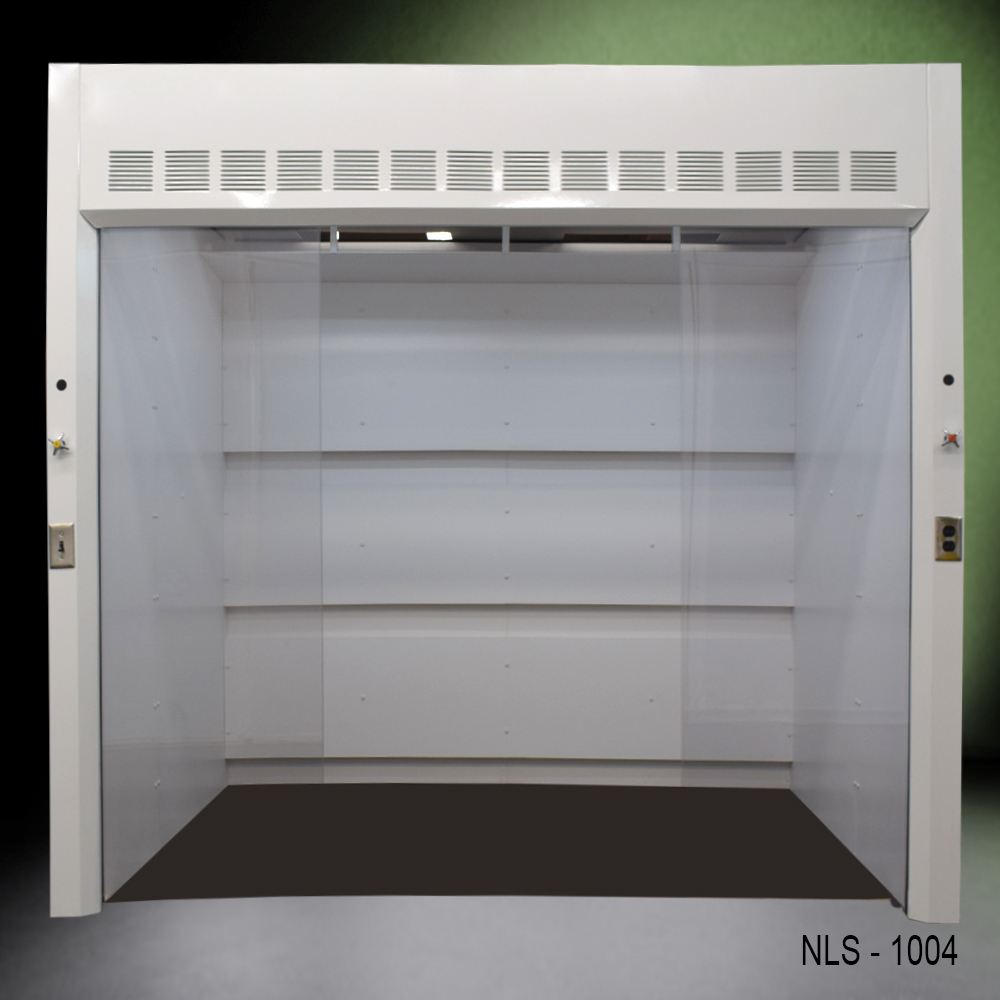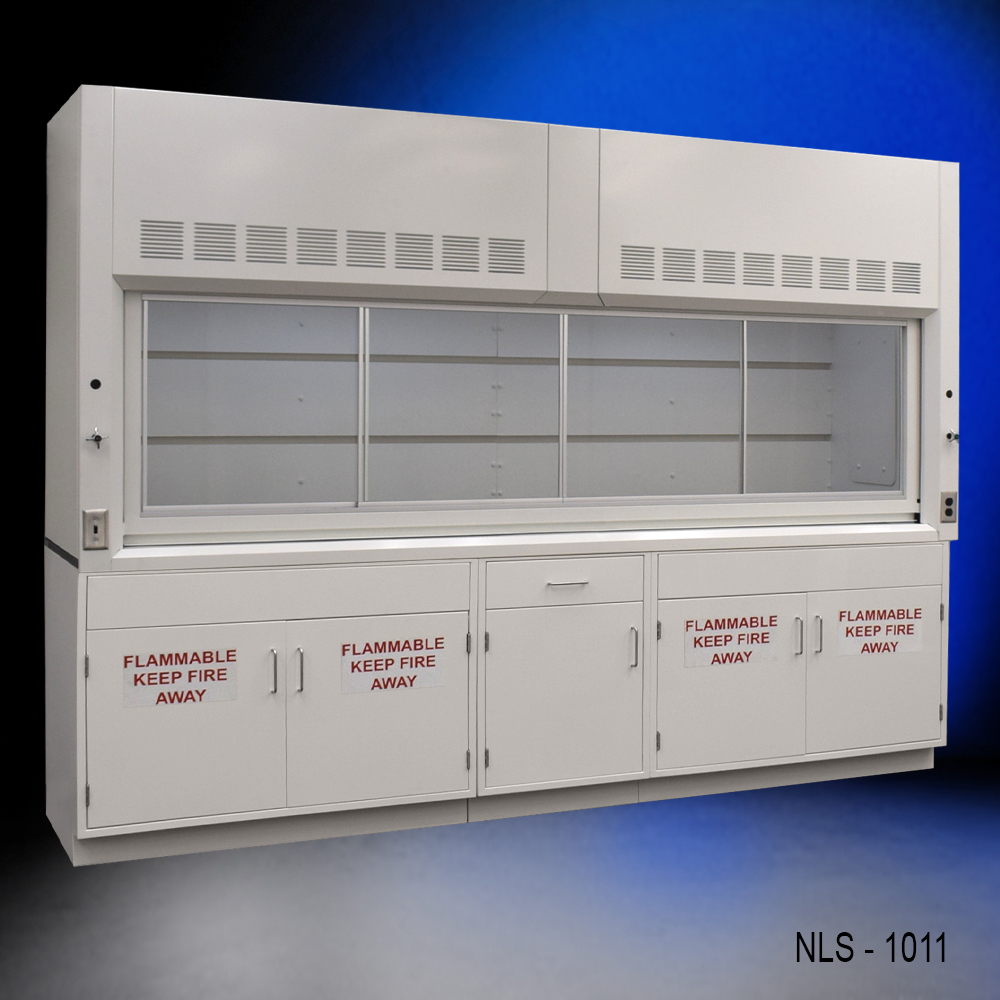When it comes to laboratory safety, chemical fume hoods are often considered the first line of defense. But what if that defense isn’t as strong as you think—because of the way it’s being used?
Many lab users assume that if the sash is open and the airflow feels strong, the hood is working properly. However, performance testing consistently tells another story: nearly one in four fume hood failures is directly caused by user behavior. And because chemical hazards are often invisible and odorless, most users don’t even realize when they’re compromising their own safety.
Let’s explore how everyday actions can dramatically affect fume hood performance—and what simple adjustments can keep both people and processes safe.
1. Sash Height: Your First Line of Protection
The sash isn’t just a movable window—it’s a vital safety barrier. Working with the sash fully open not only increases exposure risk, but also creates opportunities for turbulence that disrupt airflow.
Why it matters:
Face velocity (the speed at which air enters the hood) isn’t a reliable indicator of containment. A hood may have a high face velocity but still fail a containment test due to improper sash use.
Best practice:
Keep the sash at or below 18 inches during use. Not only does this improve containment, but it also saves energy and reduces noise.
2. Equipment Placement: Don’t Block the Flow
Setting equipment directly on the hood’s work surface may seem harmless, but it’s equivalent to dropping boulders into a calm stream—it creates chaotic rapids in your airflow.
Why it matters:
The lower airfoil is designed to sweep air across the work surface and into the baffles. Large items on the surface obstruct this flow, increasing turbulence and reducing containment.
Best practice:
Use blocks or lab jacks to elevate equipment 1–2 inches above the surface and maintain a clear path for airflow.
3. Working Position: Stay Behind the Line
Standing directly in front of an open sash creates a low-pressure zone around your body, essentially pulling vapors out of the hood and into your breathing space.
Why it matters:
Air behaves like a fluid, and your body can redirect its flow. Working too close to the sash increases the chance of exposure, especially if you’re moving quickly.
Best practice:
Work at least six inches inside the hood, and move hands slowly and deliberately to reduce airflow disruption.
4. Blocked Baffles: A Hidden Obstacle
The baffles located at the back of the hood help direct contaminated air into the exhaust system. Blocking them with equipment, storage, or even sticky notes changes the entire flow dynamics.
Why it matters:
Baffles are the heart of the exhaust pathway. Any obstruction reduces efficiency, increases turbulence, and can cause containment failure—even if the hood is otherwise well-designed.
Best practice:
Keep baffles clear at all times. Never tape materials to them or use the hood as a storage area.
5. Room Activity: External Movement Affects Internal Safety
Even activity outside the hood matters. Walking past an open sash or allowing foot traffic nearby can disturb airflow and lead to containment breaches.
Why it matters:
External movement creates pressure shifts, and airflow responds accordingly. These shifts can suck vapors out of the hood and into the room, putting everyone at risk.
Best practice:
Position hoods away from doors or high-traffic areas when possible. Train staff to be mindful of raised sashes and active work zones.
A Hidden System, A Visible Impact
It’s easy to assume a well-installed fume hood is inherently safe. But containment tests—especially the ASHRAE 110 test—prove that even high-quality systems fail when user behavior is poor.
Ultimately, users are an extension of the fume hood system. Educating lab personnel on how their actions affect airflow and containment is one of the most cost-effective ways to protect people and processes.
✅ Fume Hood Best Practices Checklist
🔒 Keep the sash below 18 inches during use
📦 Elevate all items at least 1–2 inches off the work surface
🚶♀️ Stand at least 6 inches behind the sash
🧽 Keep baffles and airfoils free from obstructions
🐢 Move hands slowly inside the hood to reduce turbulence
🚷 Avoid brisk walking past hoods in use with raised sashes
📚 Never store items inside the hood
📏 Run regular performance tests—containment matters more than face velocity
Awareness leads to compliance—and compliance saves lives. By understanding how subtle actions affect airflow, lab users can take ownership of their safety and contribute to a safer, more effective work environment.


